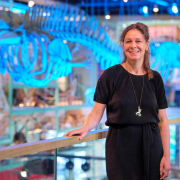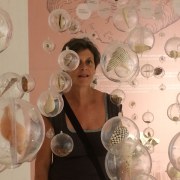Traditionally, museums of natural history collect stuffed animals. In exhibitions these objects are used to illustrate stories about biology, ecology, biodiversity and species. In order to explain the behaviour of animals, museums often use films. But some choose to display live animals. Three museums share their experience with this other type of 'object'. How do live and dead animals combine? What kind of regulation is needed to display live animals? How do visitors respond? Do we need other educational tools?
Facilitator
Session speakers
senior project manager exhibitions
Leiden - Amsterdam
Netherlands
Sjan Janssen is project manager at Naturalis, the national natural history museum of the Netherlands. She managed the exhibition 'Poison', an exhibition about poisonous, living animals. She combined the animals with the museum's collection, with hands-on exhibits and family activities and events. This is the first time Naturalis has so many living animals on display. Sjan will share her experience on this adventure.
Project manager exhibitions
Brussels
Belgium
Isabelle du Four is working as a curator of exhibitions at the Royal Belgian Institute of Natural Sciences in Brussels. This museum has living animals for over 20 years, like spiders and insects plus an aquarium. Recently they also displayed poisonous, living animals. Isabelle will share the museums experience of incorporating living animals in permanent and temporary exhibitions.
Head of science exhibition and programmes
CosmoCaixa. "la Caixa" Foundation
BARCELONA
Spain
Javier Hildago Gil is Head of Exhibitions at CosmoCaixa, a wonderful science museum in Barcelona that is a combination of a museum, science center and zoo. Since the opening in 2004, the institute displays an Amazone rain forest, with real trees, plants, reptiles and fish. Javier will share his ideas and experiences about the mix of real animals, scientific collections and hands-on exhibits with us.




